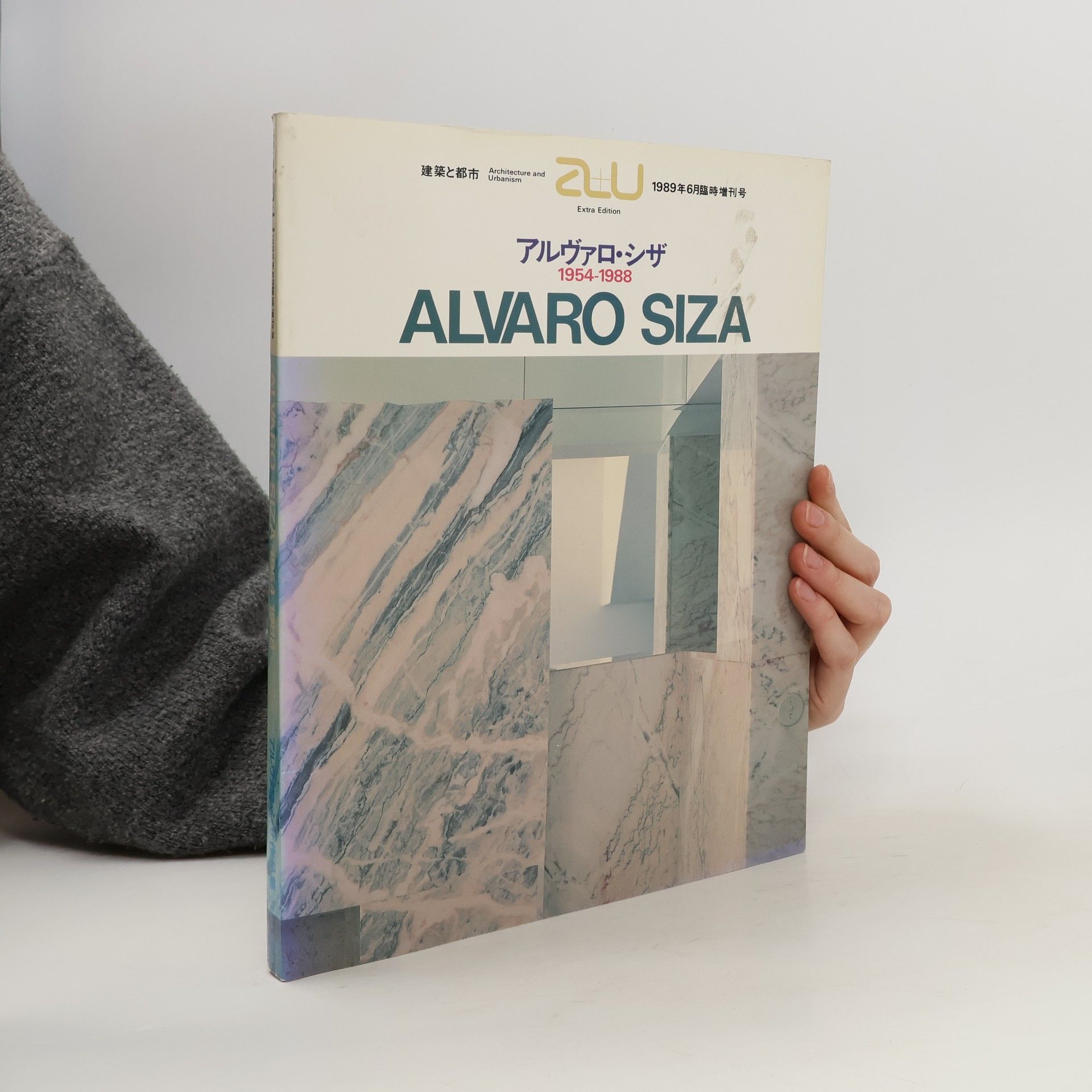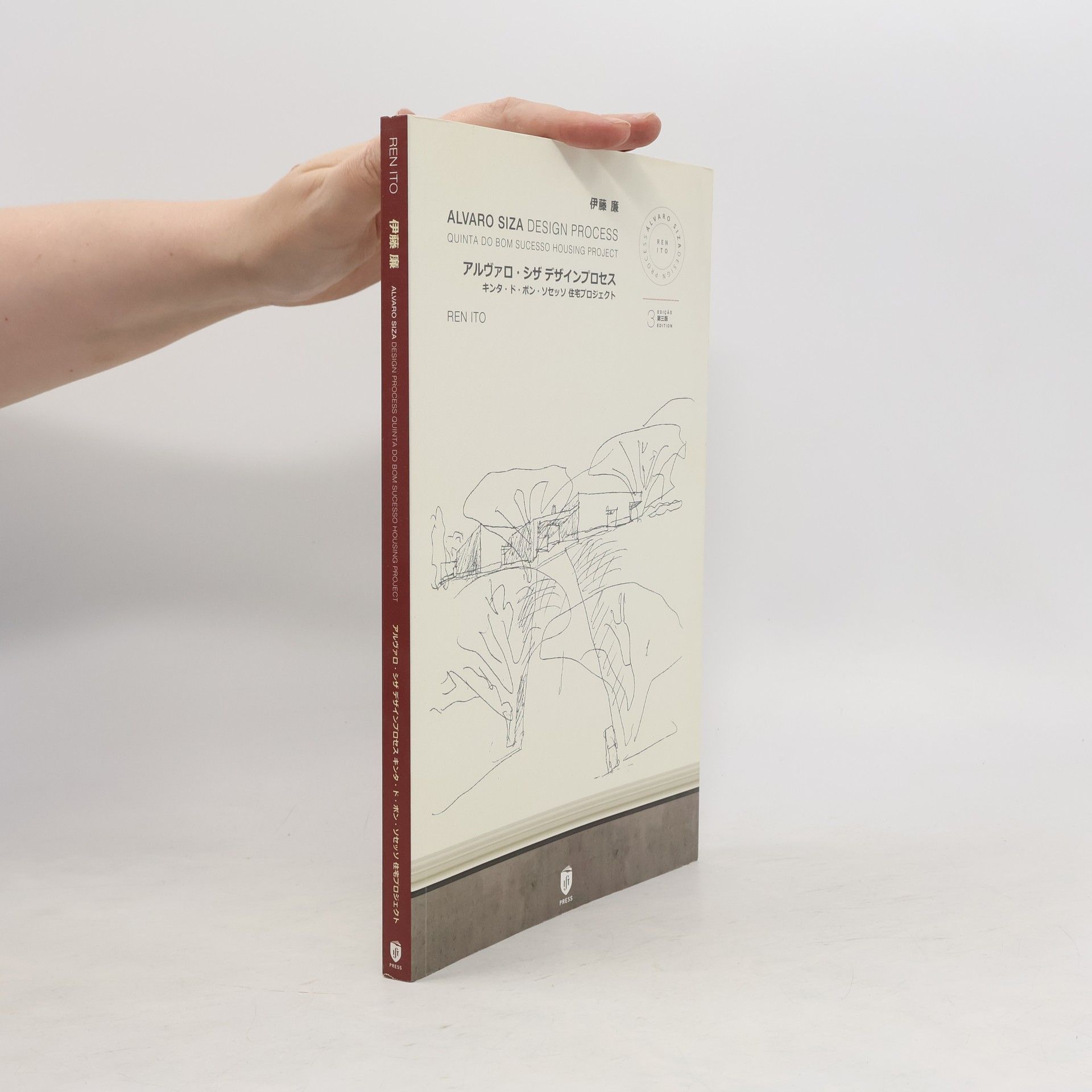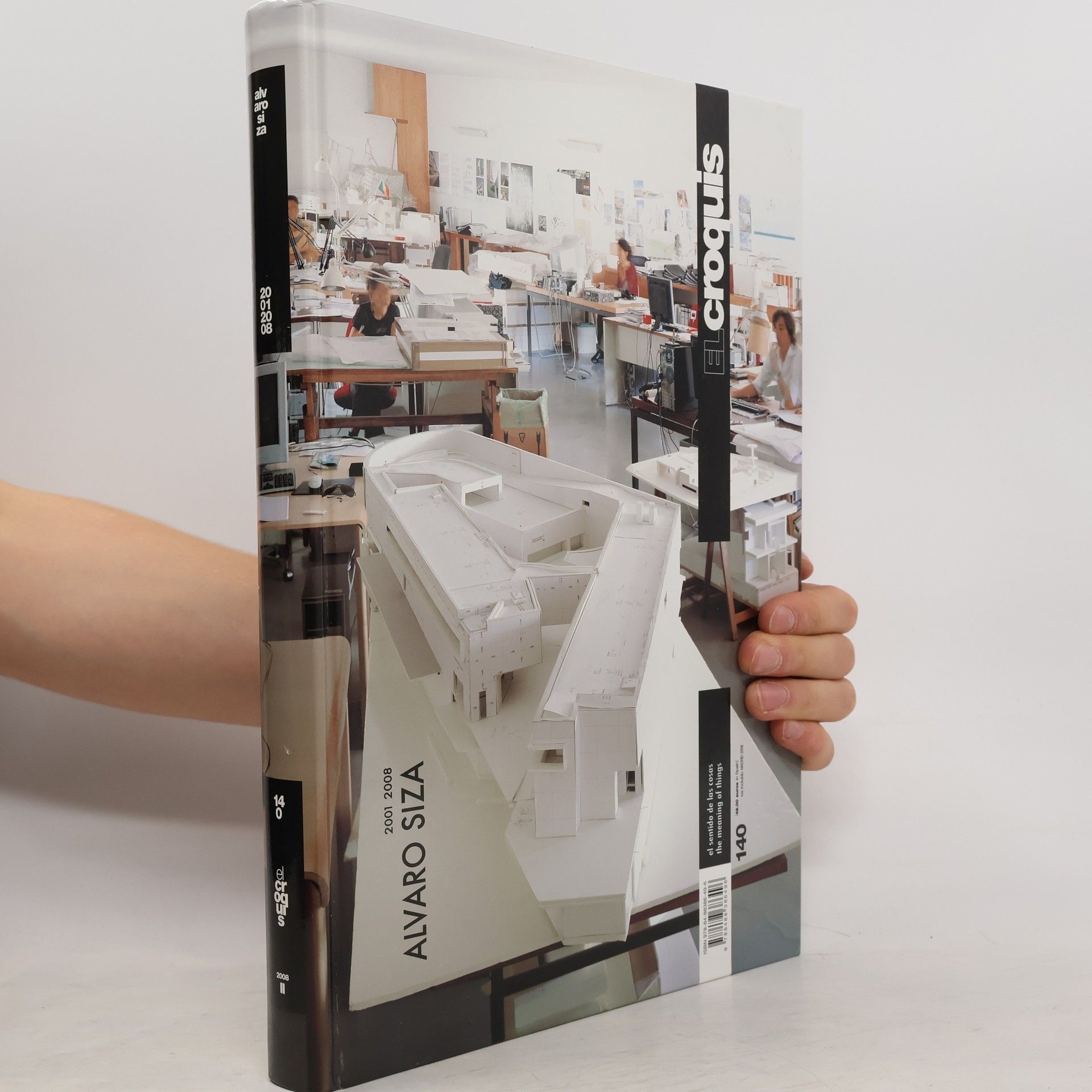Álvaro Siza
- 79pagine
- 3 ore di lettura
Álvaro Siza Vieira è un architetto le cui opere sono conosciute e ammirate a livello internazionale. Le sue creazioni scaturiscono da una profonda comprensione del luogo e del contesto, che infonde in ogni progetto. Siza Vieira è caratterizzato da una delicata sensibilità per il dettaglio, i materiali e la luce, creando spazi che sono allo stesso tempo funzionali e poetici. Il suo approccio all'architettura si basa su una meticolosa maestria artigianale e una costante ricerca di armonia.






Overzicht van het werk van de Portugese architect (geb. 1933) met interview en biografie.
From start to finish, it took the Modernist Portuguese architect Álvaro Siza, winner of the 1992 Pritzker Prize and designer of The Serpentine Gallery's 2005 Summer Pavilion, 33 years to construct the Bouça Residents' Association Housing in the northern city of Porto--which he realized in association with architect António Madureira. During those years, Siza completed numerous important commissions, including the architecture faculty building at the University of Porto in 1985 and the Fundação Serralves museum of contemporary art in that same city in 1999. In 1988 he restored the Chiado district of Lisbon, Portugal, after a devastating fire; and his Portuguese Pavilion for Lisbon's EXPO 98 was internationally recognized. While Siza was busy with all of these buildings and plans, the first phase of the Bouça project was falling ever deeper into disrepair, hampered by municipal neglect. It has since been brought up to Siza's standards, and this publication appraises the project, now happily completed. Siza's sketches, many of which are published here for the first time, reveal the tenacity of his search for the right solution.
The book explores the architectural contributions of Álvaro Siza across various countries, including Argentina, Brazil, and Spain, highlighting his unique design philosophy and impact on contemporary architecture. It also features insights from Giovanni Chiaramonte, who teaches photography history and theory, adding depth to the visual representation of Siza's works. The combination of architecture and photography provides a comprehensive look at the aesthetic and cultural significance of Siza's designs in a global context.
Álvaro Siza, born in 1933, is a pivotal figure in modernism, bridging its legacy into the 21st century. 'Siza – Unseen & Unknown' presents a collection of 100 sketches from his personal archive and those of close friends and family, highlighting both his professional and familial legacies. Central to this narrative is Maria Antónia Siza, his wife, whose influence permeates Siza’s work. Their mutual artistic expressions reflect a deep connection, where the human form intertwines with architecture and art. The folds of Maria Antónia’s garments and hair inspire Siza’s ink lines, evolving into increasingly abstract representations reminiscent of classical sculptures. This exploration continues through their son, Álvaro Leite Siza, who independently engages with themes of mythology and religion, echoing the sacred feminine. The sketches depict a transformation of bodies into architectural forms, while familial ties remain crucial, particularly in the poignant farewell to Maria Antónia. The artistic journey extends to Siza’s grandson, Henrique Siza, indicating the ongoing legacy. Each sketch serves as a window into diverse landscapes, collectively offering perspectives that challenge our understanding of scale and representation, akin to a condensed treasure box of human experience.
Vor 40 Jahren begann in Evora ein soziologisches und städtebauliches Experiment: die Siedlung Malagueira von Álvaro Siza. Die Herausgeber Brigitte Fleck und Günter Pfeifer dokumentieren die Entstehung dieses ungewöhnlichen und einzigartigen Stadtteils und zeigen dessen Entwicklung bis zum heutigen Tag. Abílio Dias Fernandes, Roberto Collovà, Enrico Molteni, José Pinto Duarte, Jean-Michel Lager sowie Álvaro Siza selbst lieferten Geschichten, Fakten, Analysen, Bilder und Pläne aus den verschiedenen Entstehungsphasen. Der reich bebilderte Band mit 49 Skizzen von Álvaro Siza in Originalgröße und einem Vorwort von Hanns Zischler ist im Juni 2013 erschienen.
Alvaro Siza Vieira zählt zu den bedeutendsten europäischen Architekten der Gegenwart. Die Publikation über sein Laborgebäude auf dem Novartis Campus ist der dreizehnte Band der Monografie-Reihe zu den neuen Architekturen in Basel. Sein Haus steht an prominenter Stelle in der Nähe des Rheinufers und des ehemaligen Hafens. Siza hat die Fassade mit einer zweiten Haut aus Glas überzogen und damit dem Bau eine mehrschichtige Ausstrahlung verliehen. Im Inneren werden die vielfältigen Installationen an den Decken nicht verborgen, sondern sind offen und sichtbar belassen, um eine möglichst grosse Flexibilität der Nutzung zu gewährleisten.
Als Álvaro Siza 1992 den Pritzker-Preis erhielt, lobte die Jury seine Bauten als „vom Licht geformt, [von] trügerischer Einfachheit; sie sind ehrlich.“ Seine Lösungen für gestalterische Probleme erscheinen direkt und unkompliziert, doch bei genauerer Betrachtung offenbart sich eine große Komplexität. Diese scheinbare Einfachheit ist das Ergebnis subtiler Meisterschaft. Siza, 1933 in Matosinhos geboren, gründete 1954 sein Büro in Porto und ist seit 1976 Professor für Entwurf an der Universität Porto. Seine zahlreichen Auszeichnungen umfassen den Mies-van-der-Rohe-Preis (1988), das Praemium Imperiale (1997), die Goldmedaille des RIBA (2009) und den Goldenen Löwen der Architektur-Biennale Venedig (2012) für sein Lebenswerk. Er realisierte viele bedeutende Bauten in Portugal, darunter den Wiederaufbau des Lissaboner Stadtviertels Chiado nach einem verheerenden Feuer 1988. Zu seinen weiteren Projekten zählen der Portugiesische Pavillon für die Weltausstellung 1998 in Lissabon und der Sommerpavillon der Londoner Serpentine Gallery (2005), den er gemeinsam mit Eduardo Souto de Moura entwarf. Weitere herausragende Werke sind die Fundação Serralves (Porto, 1998) und das Museum der Fundação Iberê Camargo in Porto Alegre, Brasilien (2008). Diese Monografie entstand in enger Kooperation mit dem Architekten und dokumentiert Sizas Gesamtwerk bis heute.